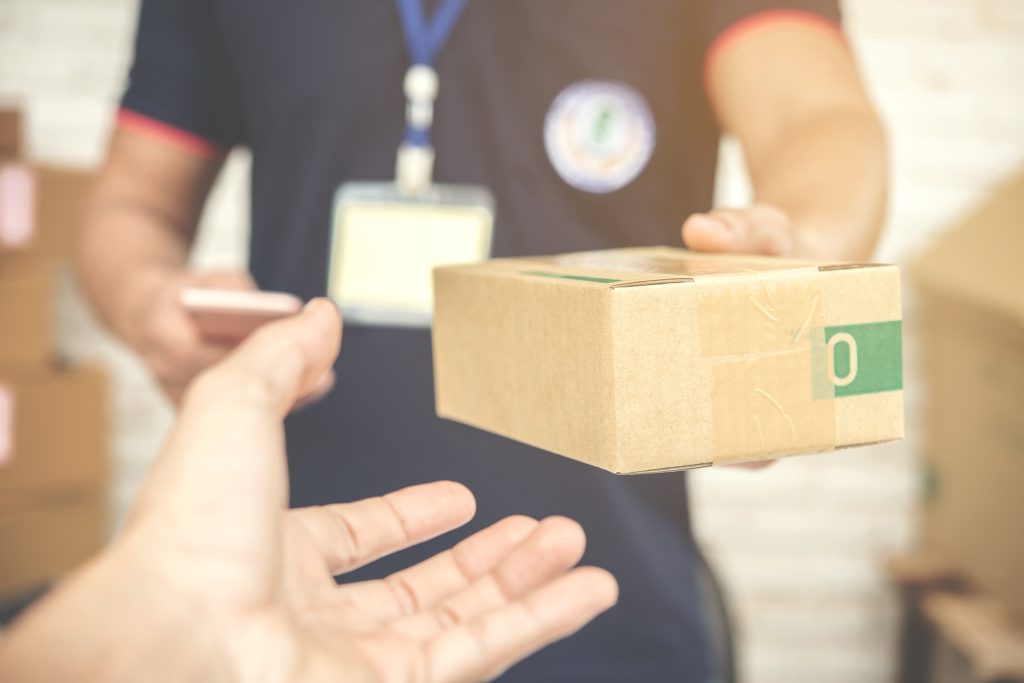ETA or ETD – What is the difference?
“When my order is going to arrive?” is one default question when your order something. As a logistics professional, you have to be more specific, as there is ETA, ETD, ATA, and ATD. Let’s explore what’s the difference between the terms and how you can use them correctly to speak logistics.

What exactly is ETA?
ETA stands for Estimated Time of Arrival. It’s a time indication of when a vehicle is expected to arrive at its destination. The term has been used for a long time in aviation and shipping and becomes increasingly used in road transport. Due to the emergence of digital planning tools, companies are increasingly becoming able to determine a more accurate ETA for a vehicle. This information allows you to inform your customers about the arrival time of delivery and take measures in case of any delays.
ETA vs. ETD, what’s the difference?
We know now what ETA stands for and why it’s an important metric. ETD, on the other hand, can stand for Estimated Time of Departure or Estimated Time of Delivery. While we know ETA will always refer to the time a vehicle will arrive at its destination, the ETD can have two different meanings:
- Estimated time of departure, which refers to when the vehicle leaves the starting point (a warehouse or shop address)
- Estimated time of delivery, which refers to the final interaction, meaning the moment when the recipient receives the goods
If you ever got confused by the dual meaning of ETD, you’re not the only one. It’s best practice to have the full term, rather than assuming it’s one or the other.
And as you may have already guessed, ATA and ATD stand for Actual Time of Arrival, Departure/Delivery.
Who needs to know about ETA?
Different people use the information in different ways. So you need to understand your customers’ needs to provide them with the best information.
Private customers
We’re pretty sure you know what it’s like to receive a package and not know when it’s going to arrive. Customers appreciate knowing when their package will arrive at their door or when they should expect the service to begin. For services and repair companies, the term is straightforward: ETA.
For courier and delivery teams, it’s slightly different. The customers technically want to know the ETD (estimated time of delivery), but they usually refer to it as ETA. However, as we mentioned, ETA refers to the time when the vehicle will arrive at the destination point, which for a courier is just a few minutes earlier than the ETD, the time the customer will get the goods.
The key element is the accuracy of the ETA. Customers pay attention to the shipping and delivery options and choose accordingly. If you offer a certain type of delivery, needless to say, it’s important to keep your promise. You can plan ahead your deliveries and update customers on their ETA using Logistia.
Commercial customers
Companies are likely to prefer both ETA and ETD (the departure meaning). They need to understand and plan ahead for any delays, like getting held in customs. The more information you can provide for your customers, the better to keep them informed and ease their stress.
If you run a service company, like repair or water delivery, your commercial customers will definitely want to know the ETA and how much time the service will last.
Drivers
A driver will need a list of all deliveries for the day along with the ETA. The driver’s input is essential to adjust the routes and the ETA’s accuracy since they are the ones on the field and get the most information. They should be aware of the ETA given to the customer, the order of the route, and the ability to contact them to announce the arrival.
Dispatchers
One of the responsibilities of dispatchers is to replan the route if needed. While they don’t need time estimates, they are usually a point of contact between customers and drivers, so they need to know exactly where the drivers are and the ETA promised. With Logistia, drivers can do a second attempt at the end of the day, and reoptimize the route based on their current location. Dispatchers can edit the route on the fly, without affecting the other orders into position, giving them clarity over changing situations.
[zcwp id = 5]


